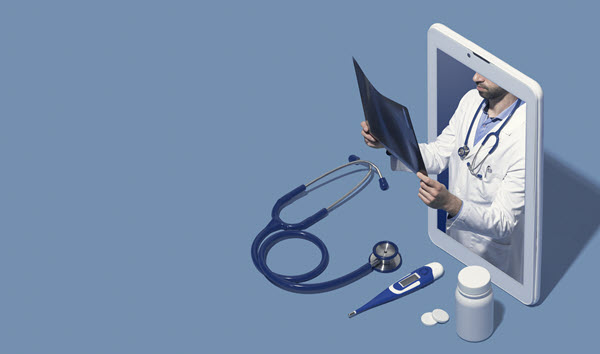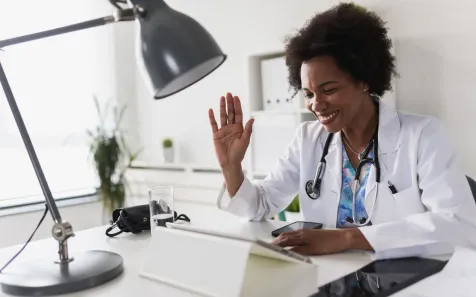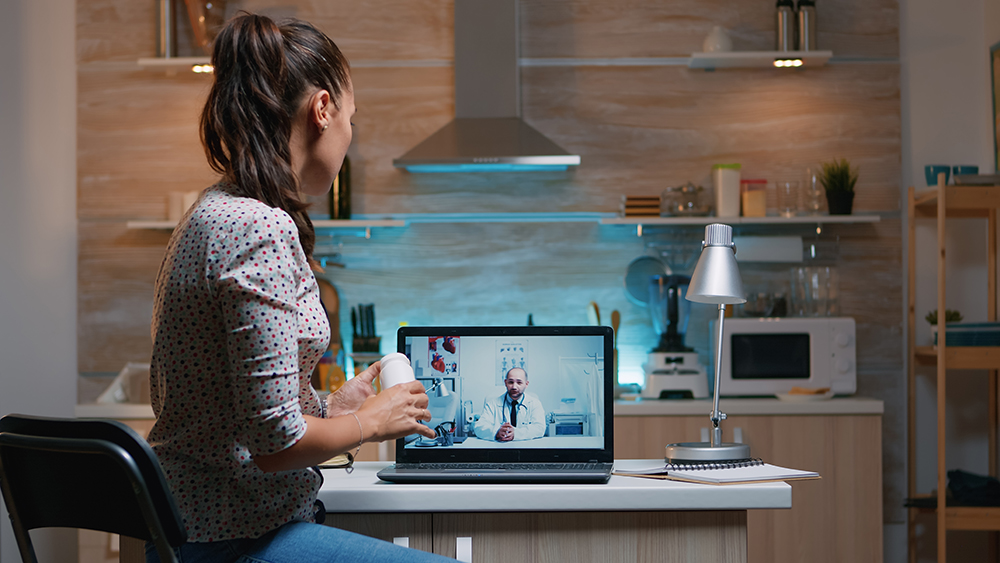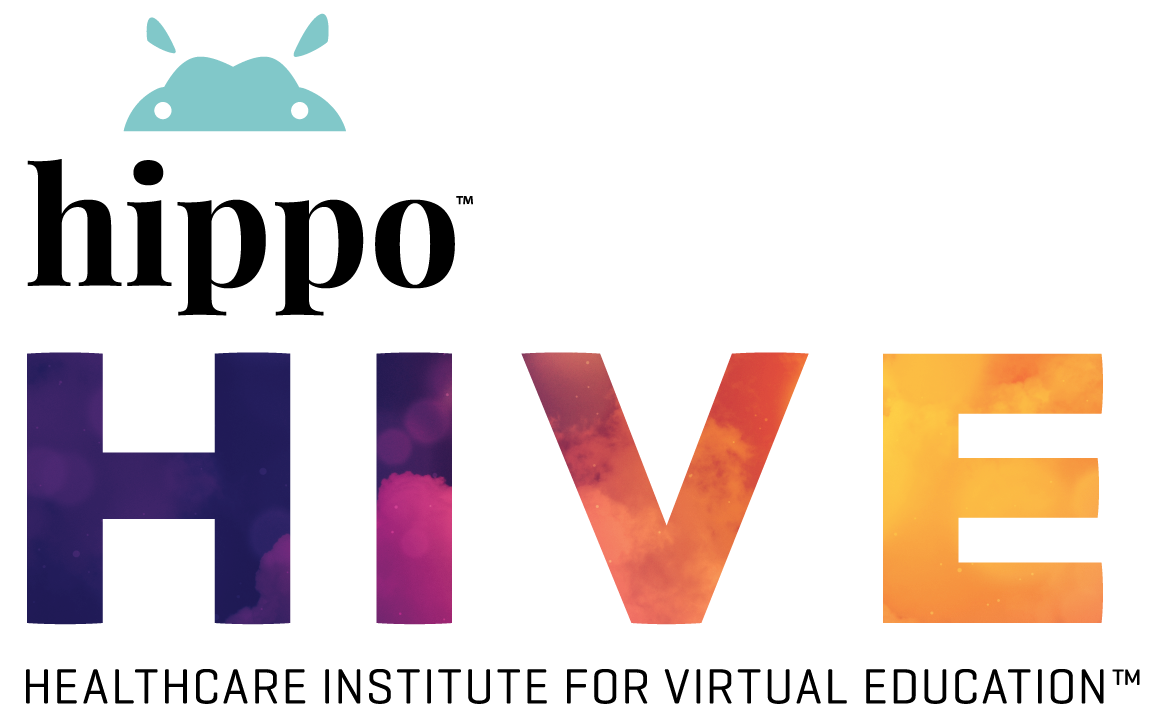Is It Tan O’Clock Yet?

How to avoid Vitamin D deficiency and skin cancer When I was growing up in New York, I craved the hot weather and longed for tanning time in the sun. John Travolta and Olivia Newton-John’s song of Grease’s “Summer Nights” was my prelude for the season. Well, that was until I moved to the South and […]
Is virtual care the key to better, more equitable health outcomes?

By Stephanie Schomer It wasn’t so long ago that the idea of taking a doctor’s appointment over Zoom was unfathomable — and even unappealing — to the bulk of consumers. Times, of course, have changed. In early 2020, just 7% of people in the U.S. had met with a healthcare provider virtually; by mid-2021, that number […]
What’s the future of virtual-first care?

The Future of Virtual-First Care eBook, sponsored by Wheel, explores some of the challenges and trends in virtual-first care. It also offers clues as to how healthcare stakeholders envision the future of virtual health.
Enhancing Care for Kids with Genetic Conditions Through Telehealth

New research shows that telehealth can be used to effectively care for pediatric patients with genetic conditions, but the implementation considerations and challenges of virtual care remain.
Is That a Lion Coming My Way? Managing our Stress Responses

Imagine that you’re in the grassy plains a few thousand years back. You’re out alone, gathering plants, when you notice a looming figure in the distance – it’s a hungry lion! As you see it, it sees you. With no weapons on hand, in an instant, your body charges up and you’re sprinting to get […]
How telehealth can help inpatient care, and what a hybrid future looks like

A telemedicine expert discusses how virtual care will evolve beyond its current use.
The 5-Minute Morning Routine for a Fantastic Day
“How you wake up each day dramatically affects your level of success in every single area of your life.” – Hal Elrod, Author I listened to an interesting podcast on a 5-minute morning routine that anyone can implement and follow. The routine framework is based on Dr. Rangan Chatterjee’s book: Happy Mind, Happy Life: The […]
High efficiency vs. the personal connection: Experts debate the future of telemedicine

Telemedicine offers the promise of increased efficiency during patient care, but in-person evaluations and relationships are too valuable to completely disregard, according to a debate session at EULAR 2022 Congress.
Measuring the Effectiveness and Value of Virtual Health Care

The authors call for the collection and use of data on virtual health care to shape an informed and thoughtful approach to telehealth payment that equitably serves all stakeholders.
Telehealth could get more expensive with public health emergency set to end this year

Medicare paid for nearly 52.7 million telehealth visits in 2020, a big jump over 2019
